Figures & data
Table 1. Heartland Outdoor School schedule for stream classes within Alum Creek, OH, during the spring (mid-April–early June) outdoor education field trip season showing daily class times and a continuous count of classes for a typical week in 2014.
Table 2. P-values from a three factor (site, rock size class, and hydrologic regime) generalized linear model analysis of rock movement response variables in Alum Creek, OH, from 19 April 2014 to 31 May 2014. Bolded P-values are those that had a significant effect (P < 0.05) on rock movement within the generalized linear model analysis. Abbreviations are: Size – rock size class and HR – hydrologic regime.
Figure 1. Mean upstream rock movement between the class site subjected to outdoor education stream classes and the unused site within Alum Creek, OH, from 19 April 2014 to 31 May 2014.
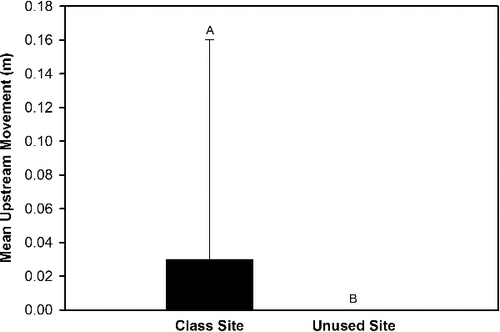
Figure 2. Differences in mean total rock movement between the class site subjected to outdoor education stream classes and an unused site during baseflow conditions (A) and spate conditions (B) within Alum Creek, OH, from 19 April 2014 to 31 May 2014.
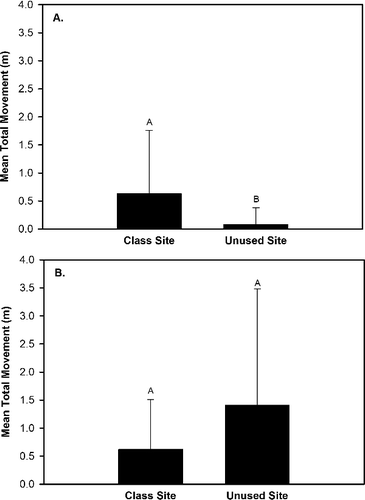
Figure 3. Differences in mean vertical rock movement (i.e. rock flipping) between the class site subjected to outdoor education classes and the unused site during baseflow conditions (A) and spate conditions (B) within Alum Creek, OH, from 19 April 2014 to 31 May 2014.
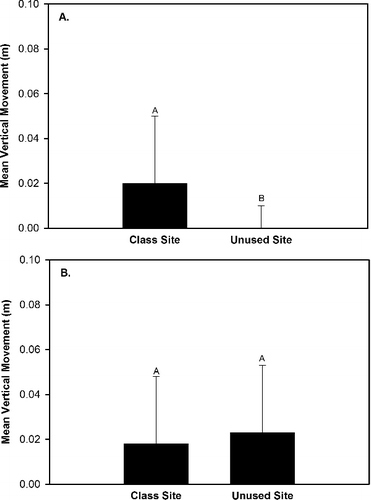
Figure 4. Differences in mean lateral rock movement between the class site subjected to outdoor education classes and the unused site during baseflow conditions (A) and spate conditions (B) within Alum Creek, OH, from 19 April 2014 to 31 May 2014.
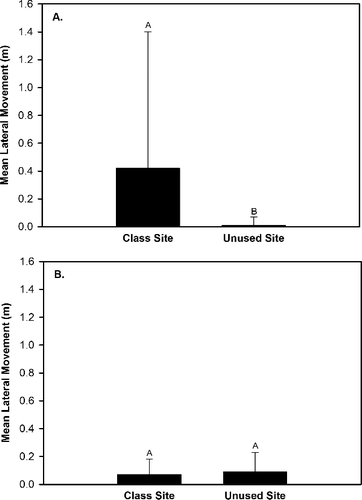
Table 3. Abundance of aquatic macroinvertebrate families that colonized experimental rocks placed within a class site subjected to outdoor education stream classes and within the unused site within Alum Creek, OH, May 2014.
Table 4. P-values from a two factor (site and rock size class) generalized linear model analysis of macroinvertebrate colonization response variables in Alum Creek, OH, from 19 April 2014 to 31 May 2014. Bolded P-values are those that were documented to have significant effect (P < 0.05) on macroinvertebrate colonization within the generalized linear model analysis. Abbreviations are: EPT – Ephemeroptera, Plecoptera, Trichoptera and DVF – dorsoventrally flattened body form.
Figure 5. Mean macroinvertebrate abundance (A), taxa richness (B), Ephemeroptera, Plecoptera, Trichoptera (EPT) abundance (C), and clinger abundance (D) between the class site subjected to outdoor education stream classes and the unused site in Alum Creek, OH, from 19 April 2014 to 31 May 2014.
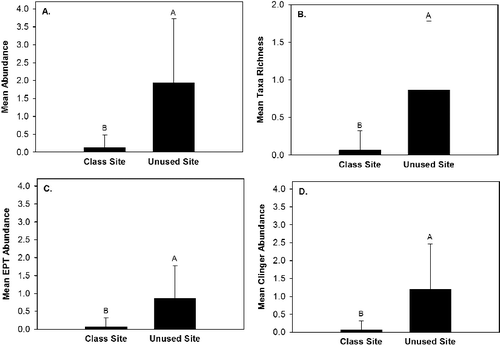
Table 5. Mean percent frequency (minimum–maximum) in movement of rocks within three size classes between the class site subjected to outdoor education classes and the unused site during baseflow conditions within Alum Creek, OH, from 19 April 2014 to 31 May 2014.
